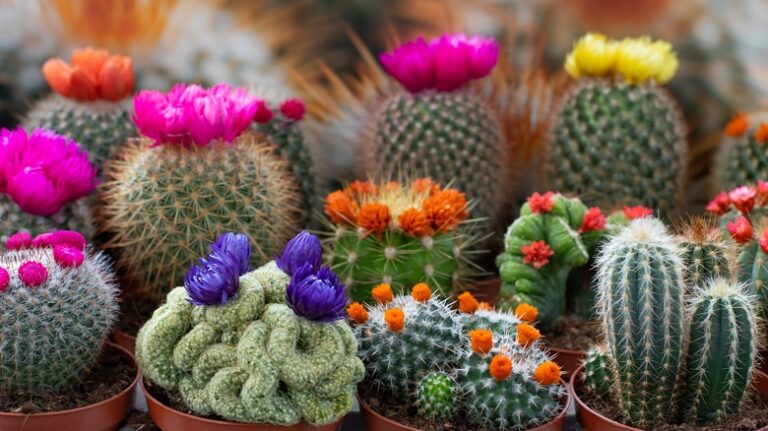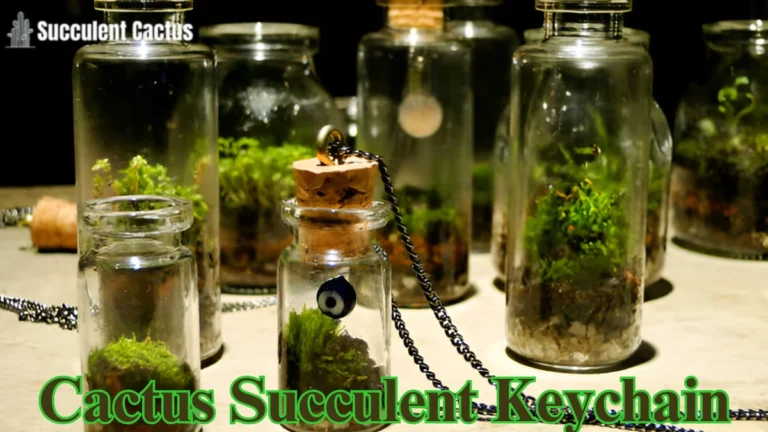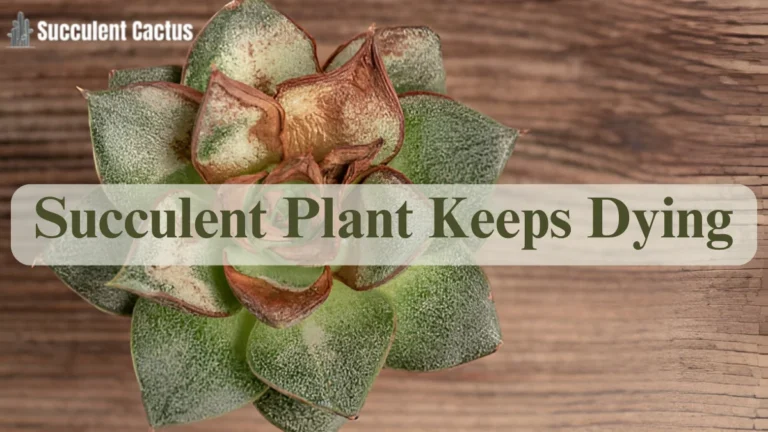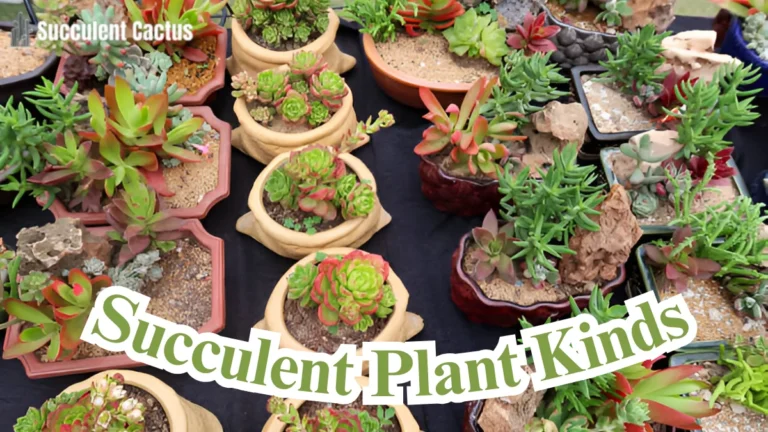The Ultimate Guide to Succulent Plant Quality
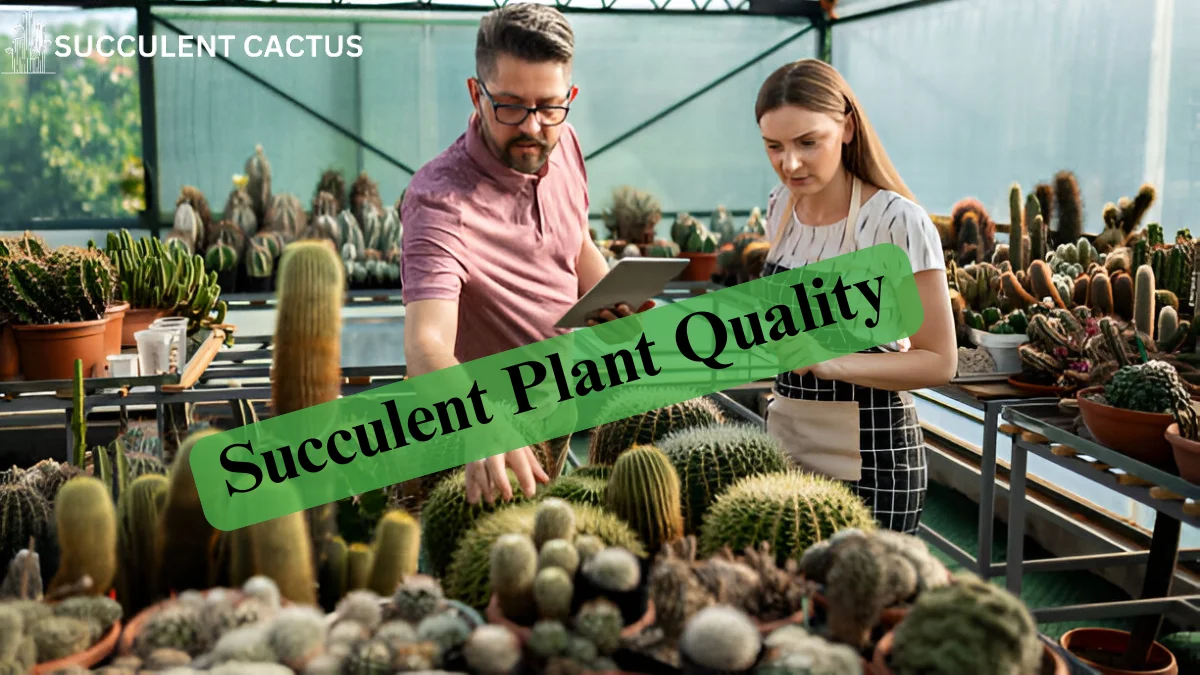
Succulent plants are adored for their low-maintenance nature, stunning variety, and ability to thrive in diverse environments. However, the quality of succulent plant significantly impacts their growth, health, and overall appearance. Whether you’re a succulent enthusiast, retailer, or landscaper, understanding what defines a high-quality succulent is key to making informed purchasing decisions and maintaining a thriving collection.
In this comprehensive guide, we’ll explore everything you need to know about succulent plant quality, from identifying healthy plants to maintaining their premium condition.
What Defines Succulent Plant Quality?
Characteristics of High-Quality Succulents
A high-quality succulent displays robust health and aesthetic appeal. Key indicators include firm leaves, vibrant color, and a well-developed root system.
Traits of Quality Succulents:
- Firm Leaves: Leaves should be plump and free from wrinkles.
- Vivid Colors: Look for vibrant greens, blues, purples, or reds, depending on the species.
- Healthy Roots: Roots should be white or light-colored, indicating active growth.
A succulent showing all these characteristics is likely to thrive in your care.
Common Signs of Poor Quality
Identifying poor-quality succulents helps you avoid wasting money and effort.
Signs of Low-Quality Succulents:
- Discolored Leaves: Yellow, brown, or black leaves indicate stress or disease.
- Pest Infestation: Check for mealybugs, spider mites, or aphids on leaves and stems.
- Weak Structure: Wilting or drooping plants may not recover after purchase.
The Role of Genetics in Succulent Quality
The genetic makeup of a succulent plays a significant role in its overall quality. Some varieties are naturally more resilient or vibrant.
Examples of Hardy Succulents:
- Echeveria Elegans: Known for its stunning rosettes.
- Sedum reflexum: Thrives in extreme conditions.
- Aloe Vera: Offers both beauty and medicinal benefits.
How to Identify Healthy Succulent Plants
Assessing Leaf Condition
Leaves are a direct indicator of a succulent’s health.
What to Look For in Leaves:
- Texture: Leaves should feel firm and slightly waxy.
- Shape: Avoid plants with drooping or misshapen leaves.
- Color: Uniform coloring suggests the plant is stress-free.
Examining Roots and Soil
A succulent’s root system and soil condition reveal much about its quality.
Root and Soil Inspection Tips:
- Gently remove the plant from its pot to examine the roots.
- Roots should not appear mushy or excessively dry.
- Soil should be well-draining and free of pests.
Checking for Pests and Diseases
Pests and diseases can compromise succulent quality.
Common Issues to Watch For:
- Mealybugs: Appear as white, cotton-like clusters on leaves.
- Fungal Growth: Black spots or mold on soil indicate overwatering.
- Root Rot: Mushy roots are a result of prolonged moisture exposure.
Factors That Affect Succulent Plant Quality
Growing Conditions
The environment where a succulent is grown profoundly impacts its quality.
Key Growing Factors:
- Lighting: Succulents need ample indirect sunlight to maintain vibrant colors.
- Soil: A sand, perlite, and potting soil mix ensures proper drainage.
- Watering: Overwatering can lead to rot, while underwatering causes dehydration.
Seasonal Variations
Succulent quality can vary with the seasons due to temperature, humidity, and light changes.
Seasonal Impacts on Succulents:
- Winter dormancy may cause slowed growth.
- Summer heat can enhance pigmentation in certain species.
- Spring and fall are ideal for propagation and growth.
Transportation and Storage
Poor handling during transportation and storage can degrade succulent quality.
Best Practices for Handling:
- Pack succulents securely to prevent damage during shipping.
- Use breathable packaging to reduce moisture buildup.
- Store in a well-ventilated area with consistent temperatures.
The Role of Suppliers in Succulent Quality
Choosing Reputable Suppliers
The quality of succulents you purchase depends largely on the supplier.
How to Evaluate Suppliers:
- Customer Reviews: Check for positive feedback on quality and service.
- Transparency: Look for suppliers who provide clear information about their plants.
- Certifications: Reputable growers often have pest-free or organic certifications.
Online vs. Local Suppliers
Both online and local suppliers offer unique advantages and disadvantages.
| Online Suppliers | Local Suppliers |
| A wider variety of species is available. | Easier to inspect plant quality in person. |
| Convenient home delivery. | No shipping-related damage risks. |
| Potential for shipping delays. | Limited stock and species options. |
Bulk vs. Individual Purchases
When buying succulents, consider whether bulk or individual purchases suit your needs.
Bulk Buying Benefits:
- Cost-effective for large-scale projects.
- Often includes discounts or free shipping.
Individual Purchases:
- Ideal for collectors seeking rare species.
- Allows for more meticulous selection.
Maintaining Succulent Quality After Purchase
Adapting to a New Environment
Newly purchased succulents need time to acclimate to their new surroundings.
Steps to Ease Transition:
- Gradually introduce plants to their permanent light source.
- Water sparingly for the first two weeks.
- Monitor for signs of stress, such as wilting or discoloration.
Regular Maintenance Practices
Ongoing care ensures succulents remain in top condition.
Essential Maintenance Tasks:
- Remove dead or dying leaves to prevent rot.
- Rotate plants weekly to promote even growth.
- Fertilize sparingly during the growing season.
Preventing Common Issues
Being proactive prevents common problems from affecting succulent quality.
Prevention Tips:
- Use a moisture meter to avoid overwatering.
- Inspect plants regularly for pests or diseases.
- Repot every 1–2 years to refresh soil and encourage growth.
Tools and Supplies for Maintaining Succulent Quality
Essential Tools for Succulent Care
Proper tools can significantly improve your ability to maintain succulent plant quality.
Must-Have Tools for Succulent Care:
- Pruning Shears: Ideal for trimming dead leaves or overgrown stems.
- Soil Scoop: Makes repotting easier without damaging roots.
- Moisture Meter: Helps gauge soil moisture and avoid overwatering.
- Soft Brush: Useful for cleaning dust or debris from leaves.
Each tool contributes to the overall health of your plants and ensures their appearance remains pristine.
Selecting Quality Potting Mix
The potting mix is one of the most important factors affecting succulent health and quality.
What Makes a Good Potting Mix:
- Drainage: A well-draining mix prevents root rot.
- Aeration: Light and airy soil allows roots to breathe.
- Nutrients: Adding sand, perlite, or pumice creates a suitable environment.
DIY Potting Mix Example:
- 2 parts potting soil
- 1 part coarse sand
- 1 part perlite or pumice
Using a custom mix ensures the plants receive the right balance of nutrients and drainage.
Choosing the Right Pots and Containers
Containers play a key role in maintaining succulent quality by supporting proper drainage and growth.
Best Types of Pots for Succulents:
- Terracotta Pots: Porous material prevents overwatering.
- Ceramic Pots with Drainage Holes: Stylish and functional.
- Hanging Planters: Perfect for cascading varieties like String of Pearls.
Ensure the pot size matches the plant size, leaving room for roots to grow without overwhelming the plant.
Common Challenges in Maintaining Succulent Quality
Overwatering and Root Rot
Overwatering is one of the most frequent issues affecting succulents.
How to Prevent Overwatering:
- Only water when the soil is completely dry.
- Use pots with drainage holes to avoid stagnant water.
- Reduce watering frequency during winter dormancy.
Root rot caused by overwatering can often be reversed if caught early. Remove affected roots and repot the plant in fresh, dry soil.
Pest Infestations
Pests like mealybugs, aphids, and spider mites can reduce succulent quality.
How to Combat Pests:
- Use a mixture of water and mild soap to clean leaves.
- Apply neem oil for severe infestations.
- Isolate-affected plants to prevent the spread of pests.
Lack of Proper Lighting
Inadequate light can lead to etiolation, where succulents grow leggy and lose their compact shape.
Solutions for Light Deficiency:
- Place succulents near a south-facing window for natural light.
- Use grow lights if indoor lighting is insufficient.
- Rotate plants weekly to ensure even exposure.
Benefits of Investing in High-Quality Succulents
Long-Term Savings
High-quality succulents are more likely to thrive, reducing the need for replacements.
Cost-Saving Advantages:
- Healthier plants require fewer treatments for pests or diseases.
- Their durability ensures long-lasting beauty.
Enhanced Aesthetic Appeal
Healthy succulents display more vibrant colors and symmetrical growth, enhancing their visual impact.
Aesthetic Benefits:
- Perfect for home decor, event styling, or landscaping.
- Vibrant succulents add value to arrangements or displays.
Easier Maintenance
High-quality succulents are naturally more resistant to pests and diseases, making them easier to maintain.
Reduced Effort:
- Fewer pest treatments are necessary.
- Better resistance to environmental changes.
Case Studies: The Impact of Succulent Quality
Case Study 1: Retail Success with Quality Succulents
A small plant shop in California reported a 40% increase in sales after sourcing premium succulents from a reputable supplier. Customers were willing to pay more for visually appealing, healthy plants.
Key Takeaway: Investing in quality can attract loyal customers and boost profits.
Case Study 2: Landscaping with Durable Succulents
A landscaping company reduced maintenance costs by 25% after switching to resilient varieties like Sedum and Crassula. The plants thrived with minimal care, even in harsh weather conditions.
Key Takeaway: High-quality succulents are ideal for low-maintenance landscaping projects.
Case Study 3: Home Decor with Vibrant Succulents
A DIY enthusiast transformed her living room using colorful Echeveria succulents. Their striking colors and healthy growth made the space more inviting.
Key Takeaway: Quality succulents elevate the aesthetic of any space.
Environmental Impact of Succulent Quality
Sustainable Growing Practices
Ethical growers prioritize sustainable methods, ensuring high-quality succulents with minimal environmental impact.
Sustainable Practices Include:
- Using organic fertilizers.
- Recycling water in greenhouses.
- Avoiding harmful pesticides.
Supporting Local Growers
Buying from local growers reduces the carbon footprint associated with shipping and supports local economies.
Benefits of Buying Local:
- Fresher plants with less travel stress.
- Supports community businesses.
Reducing Waste with Quality Succulents
Investing in healthy succulents reduces the likelihood of plant loss and waste.
Eco-Friendly Tips:
- Repurpose old pots for new plants.
- Compost dead leaves instead of discarding them.
FAQs About Succulent Plant Quality
1. How can I tell if a succulent is overwatered?
Look for yellowing leaves, mushy stems, and a foul odor from the soil.
2. What’s the best soil for succulents?
A well-draining mix with sand, perlite, and potting soil is ideal.
3. How often should I water my succulents?
Water only when the soil is completely dry, typically every 1–2 weeks.
4. Can I grow succulents indoors?
Yes, but ensure they receive bright, indirect sunlight or use grow lights.
5. Why are my succulent leaves turning black?
Black leaves may indicate overwatering or fungal infections. Remove affected leaves and adjust care.
Conclusion: Elevating Your Succulent Experience
Investing in high-quality succulents enhances their beauty, longevity, and overall value. By understanding what defines quality, sourcing from reputable suppliers, and maintaining proper care, you can build a thriving succulent collection that lasts for years. Whether you’re a home gardener, retailer, or landscaper, prioritizing succulent quality will always yield rewarding results.
Take the time to inspect, care for, and nurture your plants, and they will reward you with vibrant colors, unique forms, and enduring charm.

